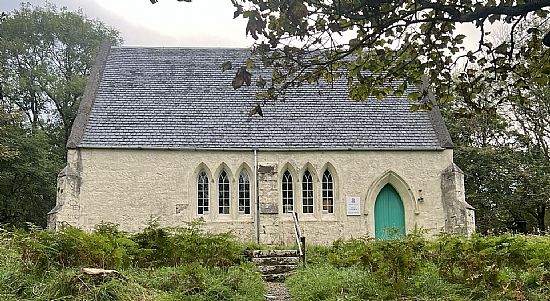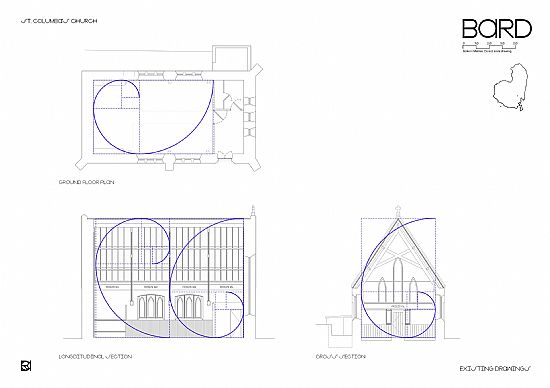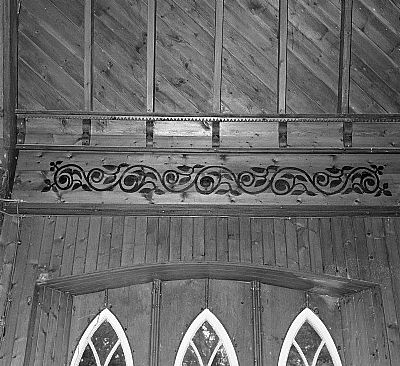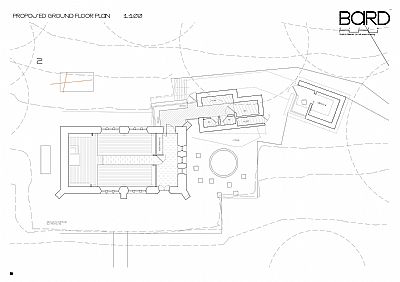St Columba's church: a very special building!

St Columba's church was built in 1862 and its inside was upgraded in 1876. It was built by the heritors of the parish, ie the Small isles landowners, amongst whom was Professor Norman Macherson.
Prof MacPherson - who tought law at Edinburgh University, inherited the island from his father - see our page on the MacPherson family. The MacPhersons were a church going family and it was important for them to have a place of worship on the island of Eigg, which as the most populated of the four Small isles, was also the place of residence of the Small Isles minister. They donated a piece of land near the Glebe and an" exceeding neat and simple " church was erected in simple gothic style with lovely lancet windows and a high pitched roof of Ballachulish slates.
One of our members, Ian Campbell recently found the follwing excerpt about the church in the British Newspaper Archive.
"FROM OUR SKYE CORRESPONDENT. Skye, August 3,1855. Last week was rather a great week on Skye, speaking ecclesiastically, the Presbytery having met twice, namely, on Tuesday and Friday, while the Synod of Glenelg met on the Wednesday intervening. The first meeting of Presbytery was held chiefly for the purpose receiving plans and specifications of a church, to be built in the Island of Eigg, for the parish of Small Isles, there is no such erection in that parish or island. The school premises, which had been somewhat enlarged to serve as a place of worship to the few Protestants there, was objected to, and now the heritor of the island of Eigg and those of the other islands have come forward with the plan of a very neat and tasteful little church, of which the Presbytery have approved. It will be built as soon as circumstances will allow, and if erected within sight of the steamers as they pass Eigg, it will be a marked ornament to that picturesque island."
Solas Eige's conservation architect, Ruairidh Moir from Bard, noticed the proportions of the church inside and outside were designed using the Golden Ratio, giving it a really special quality of space inside and pleasing proportions outside. This was certainly not un-intentional.

This combines with the very fine joinery and tree of life stencils to give the church a special importance in terms of ecclesiastical architecture.


More than a picturesque ornament, this is a very significant building in terms of style and ornamentation, much more ornate than the plain design favoured by the Church of Scotland, with elements anticipating aspects of the Scottish Arts and Crafts movement. After all, it was built just after the Disruption which saw the then minister leaving for the Free Church, and its ornamentation may even have been a reaction to this event!
Solas EIge has now worked with BARD conservation architects towards a new plan to transform the church. This new plan respects the church’s historic character while creating more usable space inside with an extension housing essential facilities and a standalone archive.


